Witnessing the Northern Lights in real life is probably on every traveler’s bucket list – this celestial display of multicoloured lights swirling and darting in the clear night skies, illuminating the night with otherworldly shades of green, purple and blue is a grand sight to behold.
Also known as the Aurora Borealis, this phenomenon woks in a 11-year cycle. June 2014 was the period of ‘solar maximum’ (high activity period). The Aurora will stay active for two to three years after this period and if you do the math, this winter could very well be the last time to catch them.
It’s time to bump this larger-than-life experience to the top of your bucket list – here are some of the best places to catch the Northern Lights.
1. Abisko, Sweden
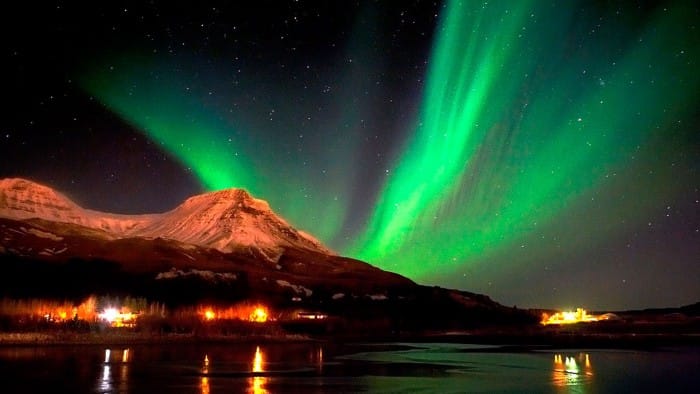
Located near Abisko National Park, the area around Abisko in Swedish Lapland is said to be one of the most ideal viewing spots. The exceptionally dark winter night makes the perfect canvas for this light show. Torneträsk Lake also helps to create the “blue hole of Abisko” – a patch of sky that remains clear regardless of surrounding weather changes.
Getting there: Direct flights from Singapore to Kiruna (KRN) are available, followed by a 2 hour bus ride to Abisko
(more information here)
2. Reykjavik, Iceland
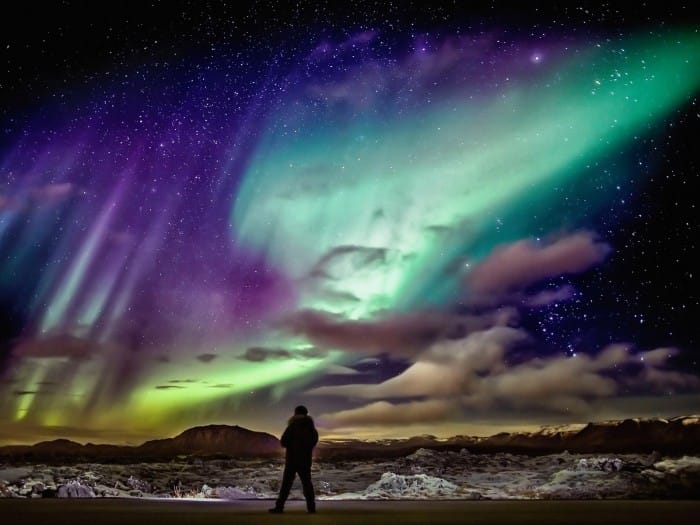
One of the most affordable and accessible destinations to catch the lights, Reykjavik is a popular choice among hopefuls wanting to strike this off their bucket list. Celestial disco aside, The Instagram-famous Blue Lagoon geothermal spa, blue ice, volcanoes and geysers are also other noteworthy attractions in Iceland for you to make the most out of your airfare.
Getting there: Direct flights from Singapore to Reykjavik Keflavik Nas (KEF) are available, followed by a 45 min bus ride to Reykjavik
(more information here)
3. Luosto, Finland
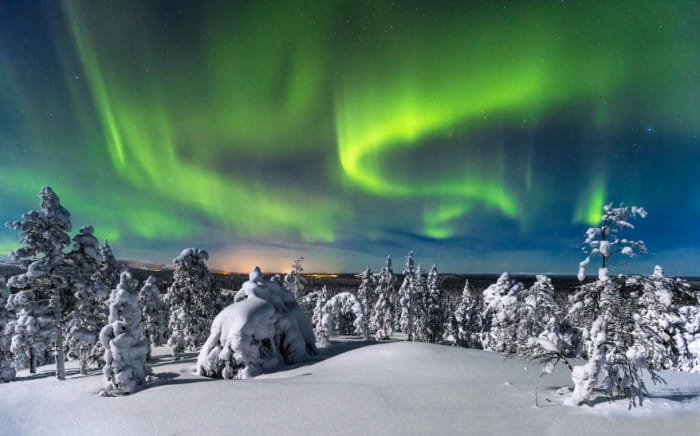
If you’re heading to Luosto, book your stay at Hotel Aurora. Upon arrival, guests will be given an “Aurora Alarm” that will beep whenever the lights appear – now you’ll always be ready to witness this natural phenomenon illuminate the skies. Luosto is a small village with almost no pollution, so chances of a shimmering display against cloudless backdrop is incredibly high.
Getting there: Direct flights from Singapore to Rovaniemi (RVN) are available, followed by a 1 hr 30 min bus ride to Luosto
(more information here)
4. Svalbard, Norway
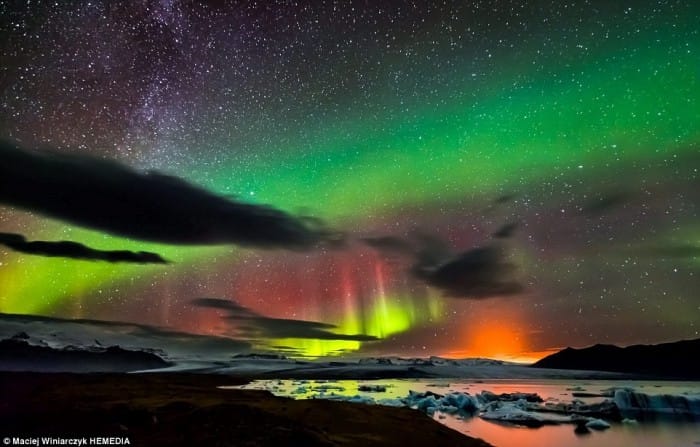
This is where you can get the northernmost Northern Lights experience – it doesn’t get much further north than Svalbard. Located just 800 miles from the North Pole, the Aurora is seen here more often than any other inhabited destination. If you’re lucky, you might even catch this magical light display in the day!
Getting there: Catch a direct flight from Singapore to Copenhagen (CPH), followed by a connecting flight to Tromso. From Tromso, catch another connecting flight to Svalbard.
(more information here)
5. Northern Canada
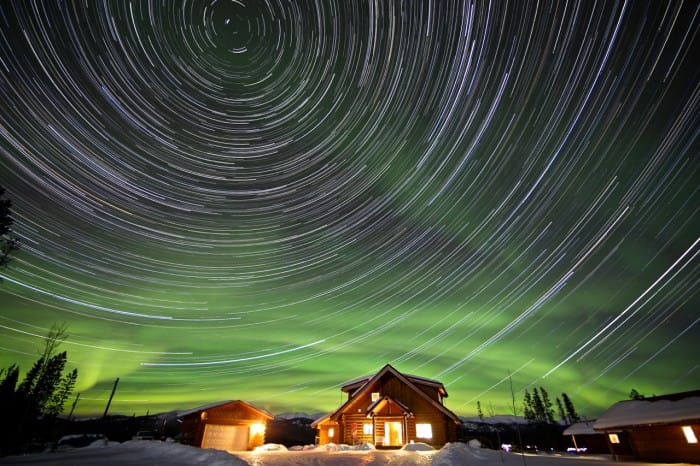
If you’re willing to brave the long-haul flight, there are many places in Northern Canada to go Aurora-hunting. The ‘Aurora Oval’ spans across almost the entire country, and the best spots to catch them include Yukon, British Columbia, Alberia, Nova Scotia, Newfoundland and the Northwest Territories. A popular winter destination is Yukon, where you can also enjoy snowmobiling, ice fishing and sled dog adventures. With good weather, sightings of the brilliant lights are highly likely.
Getting there: Direct flights from Singapore to Oklahoma City (OKC) are available, followed by a 20 minute car ride to Yukon
(more information here)
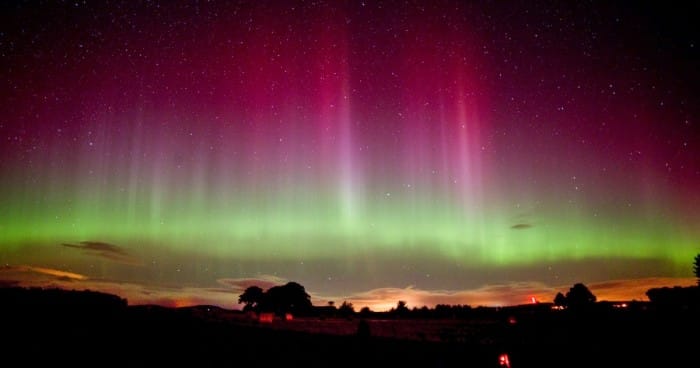
There are no definitive dates for optimum Aurora sightings – as a naturally occurring phenomenon, these lights are notoriously unpredictable. But as a rough guide, a trip between December to April is your best bet as dark and cloudless nights are more prominent during winter. Booking a tour is also highly recommended to make the most out of your Northern Lights experience – check out these Aurora tour packages here.
No photos or videos can ever fully encapsulate the glory and grandeur of this dazzling light show – take in all the magic with your own eyes before they dim over the next 10 years.



